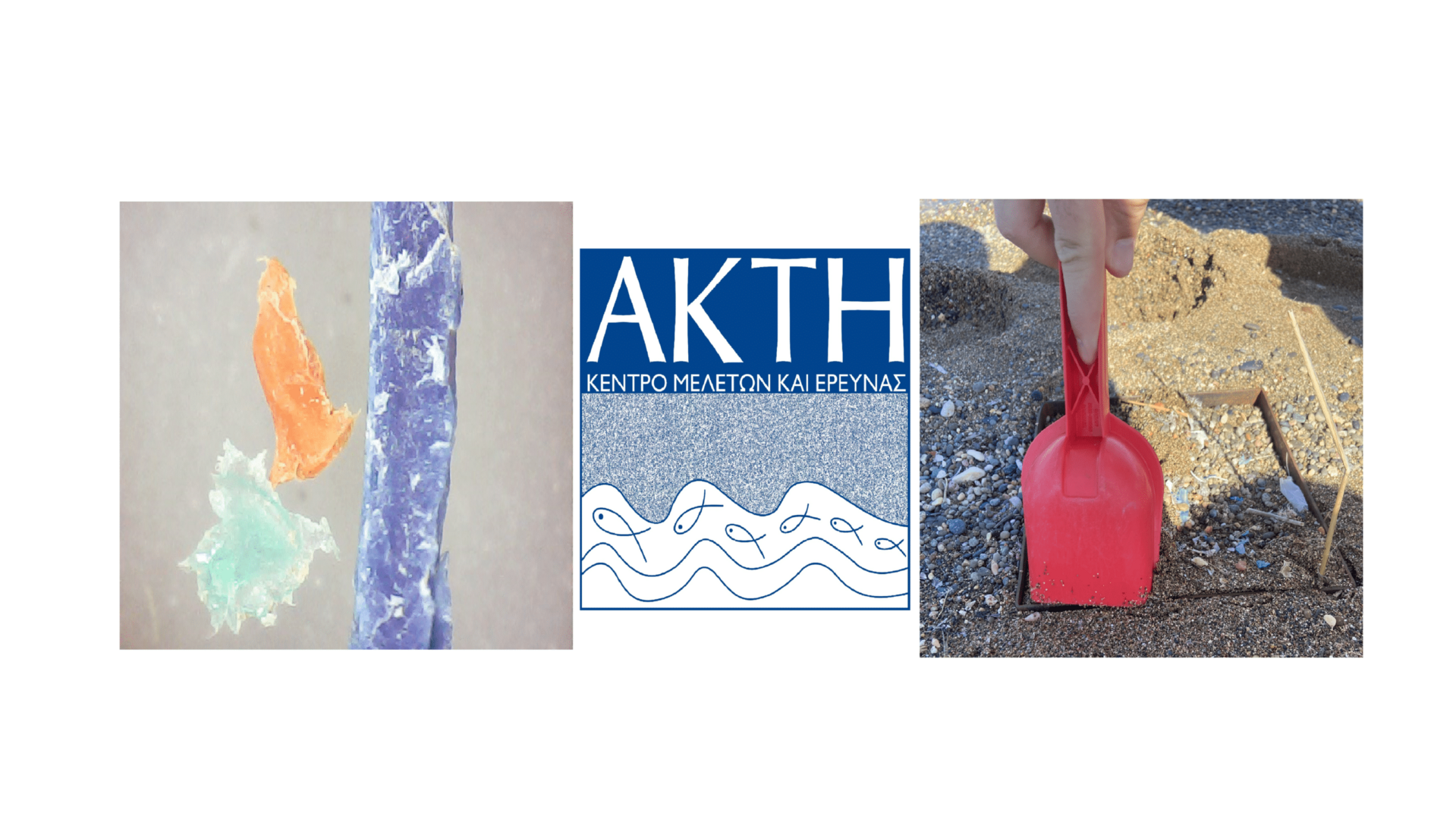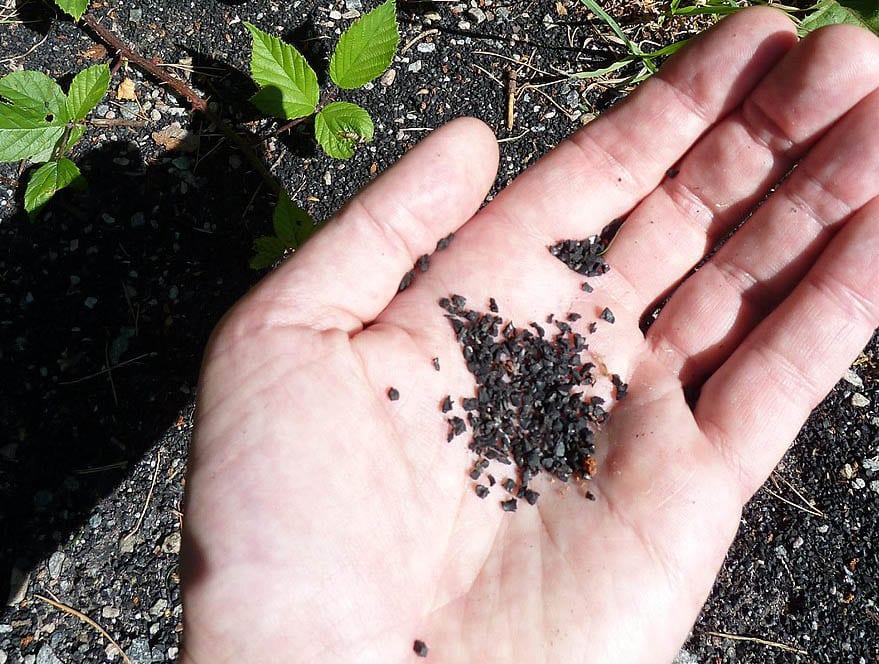Up to 4000 microplastics per square metre on our beaches
By Maria-Christina Constantinou
Plastic waste has inundated our seas and oceans, imposing a profound impact on the environment and our planet.
Due to their exceptionally durable characteristics, plastics as materials – and consequently plastic waste – never decompose. Instead, they break down into smaller and smaller pieces when exposed to sunlight, water, and air, resulting in them never truly disappearing and persisting indefinitely in the environment as particles classified based on their size, either as microplastics (ranging from 5mm to 1mm), or even smaller particles as nano-plastics, measuring less than 1mm.
Microplastics accumulate in water and coastal areas, entering the food chain with the ultimate destination being the human organism. Remarkably, microplastics have been discovered in the connective tissues of fish, highlighting the urgent need for research, and monitoring of microplastic concentrations on beaches, especially in Cyprus.
AKTI Project and Research Centre, recognising the significance of this issue and aiming to raise awareness about plastic pollution in the Mediterranean Sea, particularly in Cyprus, is conducting a three-year field research, with the support of Columbia Shipmanagement Ltd.

The research is based on field data collection, specifically samples of beach sediment (sand) covering ten remote and tourist beaches in Cyprus. Regarding sample processing, the procedure takes place in the laboratory of Civil and Environmental Engineers of Cyprus, encompassing sieving, flotation and the utilisation of a microscope.
Three rounds of sampling were conducted on beaches in Cyprus during the months of July 2022, March 2023 and July 2023. The results of this first-ever study conducted in Cyprus reveal the extent of the problem. Up to 4000 microplastics per square metre were detected on some of these remote and tourist beaches.
These microplastics vary in size, colours and shapes, including microspheres (pellets), small plastic fragments in different colours and transparent membranes (film).
With the results obtained in July 2023, the first year of sampling is completed, identifying the five beaches with the highest accumulation of microplastics. Over the next two years, AKTI’s scientific team will focus on more intensive sampling efforts on these five beaches during the months of September, December, March and July. This research project aims to establish connections between seasonality and the presence of various marine currents with the accumulation of microplastics on the shores of Cyprus.
This study underscores the importance of field data collection systems in the field of research, aiming to shed light on the situation prevailing on the shores of Cyprus, bolstering efforts and collaboration for cleaner oceans without plastics.
Maria-Christina Constantinou is a chemical engineer and works at AKTI Project and Research Centre as a project manager and researcher







Click here to change your cookie preferences